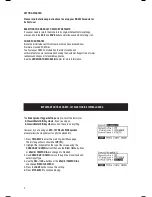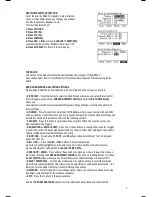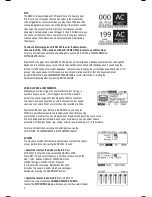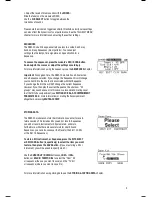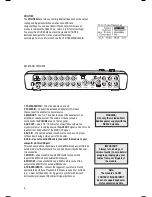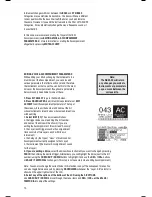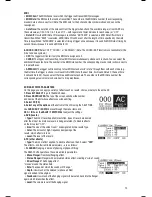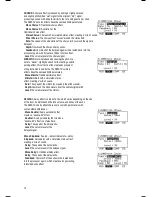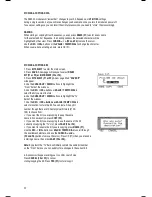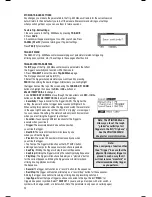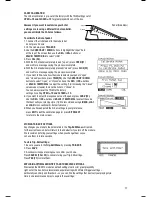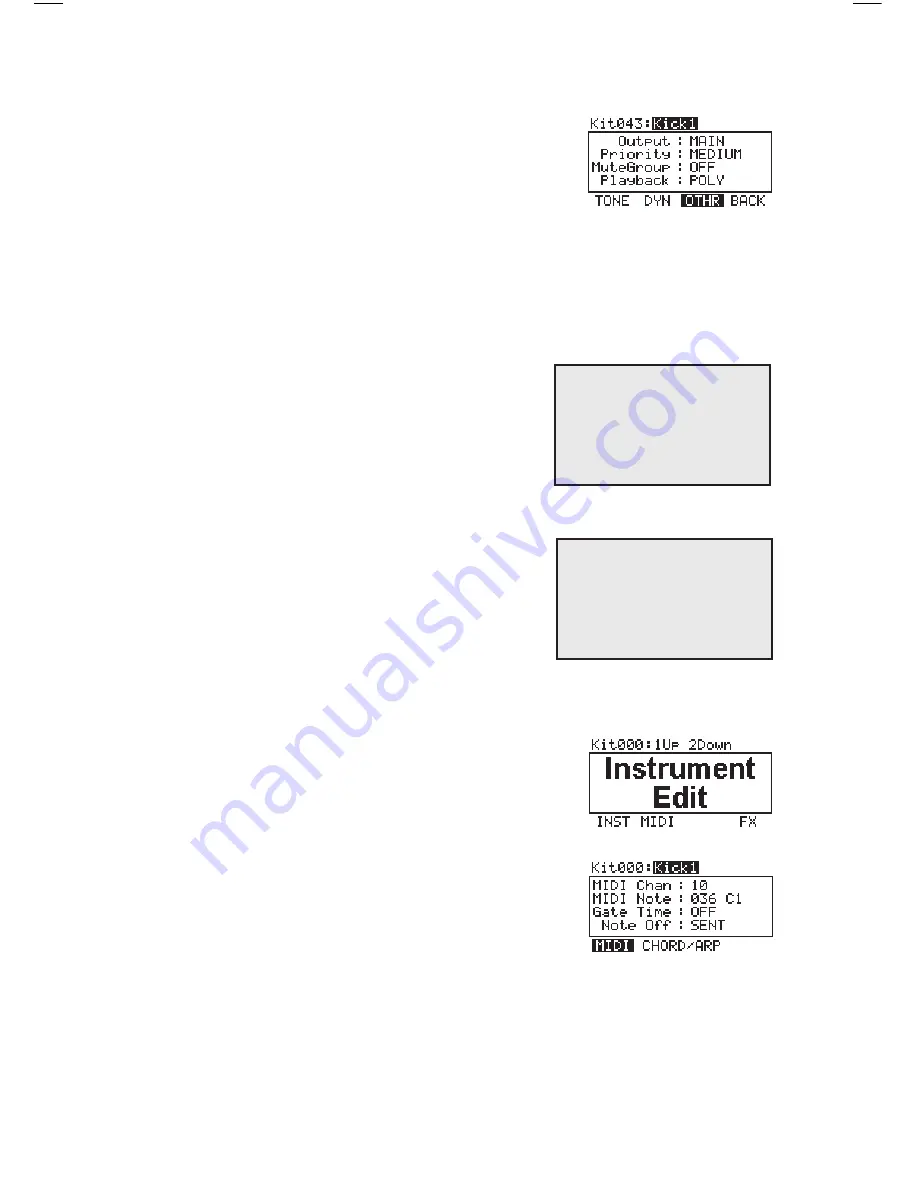
• OTHR (F3, 2nd page):
•
Output:
The output through which the Voice or
Accompaniment will be sent. When “MAIN” is selected, the Voice or
Accompaniment will be sent out of the
MAIN OUT.
When
“AUX”
is
selected, the Voice or Accompaniment will be sent out of the AUX OUT.
Note:
If your
UTILITIES
Menu setting for the “Output” is set to
“Main>Aux,” the
“AUX”
option here will show up as “
AUX (N/A)
.” This
is because the
AUX OUT
signal is “mirroring” the MAIN OUT signal.
See the
GENERAL
menu part of the
UTILITIES MENU
section for more
information.
•
Priority: How high the Voice’s or Accompaniment’s “polyphony
priority” is – “LOW,” “MEDIUM,” or “HIGH.”
“Polyphony”
is the
simultaneous sounding of Instruments (e.g., if you strike multiple
triggers at the same time, like the hi-hat, snare, and kick drum). The
RBM-20 has
64-voice polyphony
, meaning up to 64 voices can sound
at the same time. After exceeding that limit, Voices or Accompaniment
with lower polyphony priority may be silenced so the ones with higher
priority can sound.
•
MuteGroup:
The MuteGroup the Voice is assigned to, if any (01-09
or “OFF”). When two or more triggers are assigned to a MuteGroup,
a Voice that is currently sounding will be silenced when another Voice
from that MuteGroup begins. There are nine available MuteGroups.
Example:
If your “Kick1” (kick drum) and “SnrHd” (snare drum head)
are assigned to the same MuteGroup, the decay of your snare drum will
be cut off when you hit the kick drum andvice versa.
•
Playback:
Indicates whether repeated strikes of the same trigger will
be considered polyphonic
(POLY)
or monophonic
(MONO)
. When set
to
“POLY”
(the default), successive strikes of the same trigger will be
allowed to sound simultaneously as polyphony (see “
Priority
” above).
When set to “
MONO
,” successive strikes of the same trigger will
silence previous ones.
EDITING MIDI PARAMETERS
This page allows you to edit various MIDI-related settings for
each trigger. To edit them,
1. Press
KIT SELECT
to go to the Main Screen.
2. Press
DRUM/LAYER.
The top of the screen will show the
number and name of the Kit whose Instruments (drum
voices) you will be editing.
3. Select
MIDI (F2)
. The top of the new screen will show the
trigger Voice you are editing. You can select another
trigger by pressing
PAD ID
then striking the desired
trigger. Alternatively, you can highlight the Voice (next to
the Kit number) using the
CURSOR UP / DOWN
buttons
to highlight it and use the
DEC- / INC+
buttons or
VALUE / TEMPO DIAL
to change it.
Note:
You can also change the current Voice in this
fashion in any of the subsequent menus.
4. When you have selected the Voice you want to edit, select either of the options at the
bottom of the LCD using the
F-BUTTONS.
Use
CURSOR UP / DOWN
to move through
the menu items and
DEC- / INC+ or the VALUE / TEMPO DIAL
to adjust the settings:
Note: The MuteGroup function is
especially useful for setting up
multiple sounds shared by the
same instruments, like “open”
vs. “closed” triangle sounds or
struck vs. stroked güiros.
Note: The default Playback set-
ting is POLY, which is more natu-
ral for acoustic drums. MONO is
a useful setting for synth drums
or for emulating older drum
machines.
12
Содержание Red Box RBM 20
Страница 1: ...R B M 2 0 O W N E R S M A N U A L ...
Страница 44: ...Copyright 2010 Pearl Corporation All rights reserved ...




